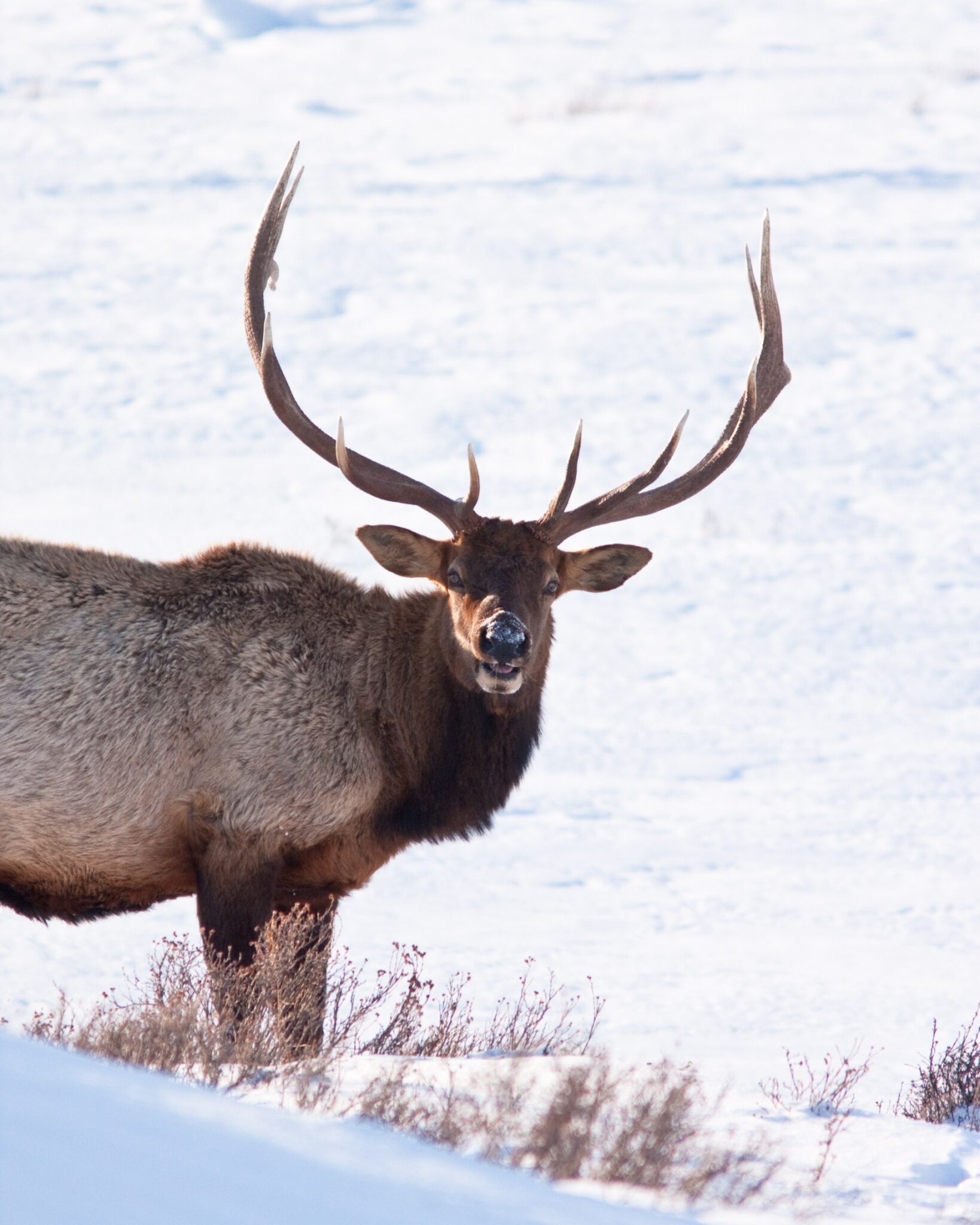

Historical Idaho Deer & Elk Tag Numbers
Robby and Toby dive into the Historical Idaho Deer & Elk Tag Numbers sold in Idaho between 2005 and 2022. This episode might surprise you.


I think that’s a huge factor in many places in the west that’s very hard to gauge. I feel like deer harvest in Colorado public vs private from even 30 years till now is dramatic. So much ag land has been lost to development in that time frame, large ranches have been broken up into ranchettes and the ranches that have stayed unbroken Billy’s cousin isn’t hunting anymore because the owners are in town to hunt.Good listen.
I wonder if another factor to the perception of crowding is less hunters on private and more on public? I don't have private land hunter experience but it's a common story to hear "that ranch used to give permission and doesn't anymore "
.....First and foremost; however, what everyone should take away from this is whitetail hunters are hard and mule deer hunters are soft….
...
I’m not preaching doom and gloom or blame. I’m just expanding on what I think might be contributing to perceptions, and in ways reality, that are covered in the podcast about overcrowding.
The “good ole days” syndrome. Easy to remember the amazing hunts where you saw plenty of game and no other hunters. The mediocre hunts from 20 years ago don’t seem to pop up in the memory bank too often.buncha lightweight mule deer hunters lol.
good points, and not doom & gloom. good stuff to think about.
I will add that mapping software has spread hunters out in my small sample size. We all used to be on the same piece of FS, BLM, etc. but now we can spread out a bit more because I know that landownerX doesn't own that whole mtn, just the bottom 1/3 and I can come in from the top (as an example).
someone above said limited private access has put more people on public. Can't argue against but the private I've been around still has plenty of hunters taking a cut of those tags, just like 20 years ago. Now if private is closed to all hunting (common in Colorado), then ya, those former hunters are either retired or on public.
the point of the episode is that hunter numbers in OTC, at least in Idaho, aren't up, but down. You wouldn't know it reading some posts.
Great podcast with Toby as usual! I think there is increased concentration of hunters on public ground in units that Wilks Brothers (DFD) have property in. Think 23,24,32A,33 and 39. When they bought up Boise Cascade ground, they locked up a lot of ground in those units. These units seem to be a hot topic of overcrowding.buncha lightweight mule deer hunters lol.
good points, and not doom & gloom. good stuff to think about.
I will add that mapping software has spread hunters out in my small sample size. We all used to be on the same piece of FS, BLM, etc. but now we can spread out a bit more because I know that landownerX doesn't own that whole mtn, just the bottom 1/3 and I can come in from the top (as an example).
someone above said limited private access has put more people on public. Can't argue against but the private I've been around still has plenty of hunters taking a cut of those tags, just like 20 years ago. Now if private is closed to all hunting (common in Colorado), then ya, those former hunters are either retired or on public.
the point of the episode is that hunter numbers in OTC, at least in Idaho, aren't up, but down. You wouldn't know it reading some posts.